Home coffee roasters are booming.
When I used to work as a coffee roaster in both Manchester and Sydney I would occasionally come across a hobbyist that roasted their own coffee, but today home coffee roasters are much easier to get hold of and much more user friendly (you don’t have to roast your green coffee in a pan anymore).
With the rise of artisanal products alongside the ever-increasing popularity of specialty coffee people are now taking their coffee making to the next level.
Typically an extremely niche community of coffee fanatics and DIYers that hung out on coffee forums, the home roasting community was relatively small.
However much like craft brewing communities throughout the world saw a boom around 10 years ago, speciality coffee is now experiencing a new ilk of small-batch coffee roasters.
TOP 3 HOME COFFEE ROASTERS
GeneCafe (Overall)
Ikawa (Pro)
Nuvo Eco (Budget)
With the wealth of information available online, you can learn to do almost anything.
Coupled with the variety of home coffee roaster machines, starting your journey toward freshly roasted coffee has never been easier.
Roasting coffee is essentially heating coffee for a certain amount of time so the coffee can then be ground and brewed into a delicious cup of coffee.
However, it’s not as easy as roasting your Christmas turkey there are many variables to consider and adjust to obtain a palatable coffee.
For instance, it is very important that the heat is at a certain temperature, too cold and it will bake the beans resulting in a flat-tasting coffee, too hot and you’re going to burn them and end up with a bitter brew.
Other factors to think about when you roast your own coffee are drum rotation speed and airflow which contribute to the overall consistency of the roast (the last thing you want is under roasted and over-roasted coffee beans). Find out How Long Does Coffee Last.
The last point leads to a common question asked by many budding home roasters;
Can I roast coffee on a popcorn machine?
Although a popcorn maker will still roast your green coffee the end result will be very inconsistent and you’ll be left with a mixed bag of under and over-roasted coffee.
When you roast coffee on a home coffee roaster the beans will be constantly rotated.
The results will certainly be below par for the end coffee, however it’s a nice way to experience the reactions and the sensory displays during coffee roasting.
Once you’ve had a go at roasting coffee in a pan and you’re hooked on the idea of roasting coffee beans at home then it’s time to have a think about what type of home coffee roaster is right for you.
Check out our article on Roasting Coffee at Home.
Like with most products, especially within a speciality niche there is a pretty high ceiling when it comes to cost. Home coffee roasters aren’t cheap however working out what you would like to use it for can save you a little money.
What are the types of home coffee roasters?
There are two types of home coffee roasters: Drum and Air.
Drum Coffee Roaster
A drum coffee roaster will look like the majority of coffee roasters you may have seen in speciality coffee shops.
Heat is pumped in through the bottom of the drum while the coffee inside is rotated, so the green coffee beans are evenly roasted.
Drum coffee machines can reach enormous capacities when coffee is roasted on a large scale but overall the process is the same, coffee is heated through conduction (when the beans touch the side of the drum) and convection (Air is added into the drum and roasts the beans when they are rotating).
2. Air Coffee Roaster
An air coffee roaster (or convection coffee roaster) works much like a popcorn maker.
Heat and air are forced into a chamber and elevates the beans. The coffee rotates and dances in the chamber leading to a consistently roasted coffee.
You may have seen larger air roasters in speciality coffee shops, they tend to be environmentally cleaner and more sustainable than their gas-powered brother.
What size coffee roaster do I need?
Thinking about the size of your home coffee roaster is another important choice to make.
You will be looking at a range of 50g – 500g, It may seem fairly small quantities but unless you’re making a business out of this you can end up roasting quite a bit of coffee for yourself in a couple of hours.
A tip that we would suggest is to estimate how much coffee per week you would like to roast. Now divide that by 4 and that is approximately the largest size roaster you will need.
We suggest this because rather than buying a large coffee roaster and doing 1 roast per week, it’s much better to do 4 smaller roasts.
This is because not only will you have 4 times more practice and be 4 times better at roasting, the coffee roaster does take time to heat up and the best roasts are usually not the first of the day.
Another question to ask yourself is;
How technical do you want to go?
There are coffee roasters at each end of the technical scale, from simple machines that just rotate and heat the coffee to roasters that have apps so you can adjust each variable throughout the roast.
It depends on what you want to achieve from this project.
If it’s a phase and you think the novelty of the procedure may wear off then maybe opt for less control.
If this is a passion and you may want to pursue this for a significant amount of time then think about investing in a low volume high control coffee roaster.
Have you thought about ventilation?
Depending on the roaster there will be a certain amount of smoke produced.
If you’re partial to a floral and fruity fragrance in your coffee and light roast is your game then it shouldn’t be setting off the smoke alarm really.
However if your the type that opts for rich full-bodied espresso coffee beans and you were thinking of roasting your coffee dark beware that some home roasters may produce a little smoke so a well-ventilated room or garage is a perfect space.
Make sure the home coffee roaster you end up purchasing has a cooling tray or a method of cooling the coffee.
As you may have seen in commercial coffee roastery the cooling tray is a huge bed where the roasted coffee sits and mixes together while air is passed from the bottom of the cooling tray through the beans.
This is a very important step in coffee roasting as the coffee continues to ‘cook’ even once it has been dropped out of the roaster and if left to cool naturally may loose the desired flavour notes that the roaster wanted to achieve.
5 of the Best Home Coffee Roasters
1. GeneCafe Coffee Roaster
Brand: Gene Cafe Roaster
Capacity: 275g
Positives: Large Output, Glass
Negatives: Ventilation,
Price: £600 – £700
The Gene Cafe Coffee Roaster has grown in popularity amongst the home coffee roasting scene over the last ten years.
The roaster was designed for home use with a 250g output but does occasionally get used as a small batch coffee roaster commercially.
The overall quality of the Gene Cafe roaster is of a high spec, the high-quality stainless steel, aluminium and reinforced high-temperature plastics add to the build quality while the built-in mechanics create a fairly quiet roast with a decent amount of control.
Boasting a 250g output you can roast around 750g of coffee per hour which is on the upper end of the home roasting scale.
The Gene cafe roaster has two built-in diallers which control the temperature and the time showcased on two LCD screens.
The drum which rotates on an axis is fitted with the reinforced transparent plastic so you can see the change of the coffee during the roast which is great for learning the different steps of coffee roasting.
The Built-in chaff collector is a great addition to the Gene cafe roaster and is easy to clean after each roast. The smoke is a little bit of an issue with this machine however and can be a problem when you are roasting in the house rather than a garage. A workaround is attaching an aluminium exhaust vent and feeding it out of a window.
2. Ikawa Home Roaster
Brand: Ikawa
Capacity: 60g
Positives: Control, Quality Output
Negatives: Small Capacity, Expensive
Price: £950 – £995
If you are serious about roasting coffee beans at home and looking to progress at some stage into scaling to commercial roasting or even just selling your coffee at a local market then an Ikawa home roaster could be the home roaster for you.
The reason they are priced at such a high level is because they are professional equipment and are normally used by commercial coffee roasters as sample roasters.
Sample roasters are used either when a coffee importer or coffee producer sends small samples of various green beans for coffee roasters to try and decide whether they want to purchase a consignment or when a coffee roaster wants to perfect a roast profile of a particular green coffee.
The Ikawa does make a great home coffee roaster and gives you a huge amount of control with the built-in technology that connects to a downloadable app. You can adjust the roast time, the temperature at each point of the roast as well as the airflow.
The slick patented cyclone system prevents the build-up smoke in your home so it’s no longer restricted to your garage. The roaster uses convection heating and a rotating drum that instantly cools the coffee after roasting before whizzing the roasted coffee into the glass collection beaker after the roast.
Although you have ultimate control with the Ikawa home roaster and the overall quality of the coffee is high the capacity is small at 60g. Having said that once you gave set the roasting curve of the roast profile you can leave the Ikawa to do its thing and roast away in the background.
3. Nuvo Eco Ceramic Roaster
Brand: Nuvo Eco
Capacity: 50g
Positives: Hands On, Affordable
Negatives: Small Capacity, No Control.
Price: £35 – £45
The Nuvo Eco roaster is a stylish and fun coffee roaster for the beginner coffee roaster who wants to experience the processes of coffee roasting and takes hand-roasted to the next level.
The affordable ceramic coffee roaster sits on top of your electric or gas stove and green coffee is roasted inside the circular chamber which is shaped to keep heat in.
Hold the leather handle and regularly rotate the coffee roaster so the green beans are evenly roasted. Roasts take from 10 to 14 minutes and look to rotate the beans every 15 seconds.
The waffle shaped internal structure is designed to roast the coffee evenly.
The open roasting chamber emits very little chaff while roasting and is great to experience the sensory changes during roasting. Smell the aromas of the stages of roasting while easily listening to the cracks to determine when to stop the roast. You can also see the green coffee beans transforming into roasted coffee.
The handle is hollow so the coffee can be quickly discharged which is brilliant for cooling while blowing into the handle clears the chaff.
Great for roasting your own coffee beans at home or camping but measures around the size of a tea saucer so only holds around 50g of coffee.
4. Behmor Coffee Roaster
Brand: Behmor
Capacity: 450g
Positives: Large Capacity, moderate control
Negatives: Requires attention throughout
Price: £350 – £400
The microwave-esque Behmor coffee roaster not only looks like your favourite ready-meal-heating kitchen appliance but with its programmed buttons of preset roast profiles, it does act a little like a coffee roasting microwave.
Programming your roast profiles can sometimes be a little tricky as it doesn’t have the intuitive smart technology of today but once you get used to the functionality it becomes easy to navigate.
The machine is well built, on the whole, the roasting drum rotates the coffee well for a uniform roast and the smoke suppression system prevents your kitchen filling with smoke although there is always a tiny bit that will escape so don’t roast underneath your smoke alarm.
With a capacity of around 450g it does weigh in as one of the larger home coffee roasters, however, it can be hard to achieve a consistent and high-quality roast when fully loaded.
The Behmor coffee roaster has a built-in safety measure where after three-quarters of the roast it prompts you to press a button to continue to the end of the roast, otherwise, it begins cooling. It prevents the risk of fire but does require you to be present instead of leaving it to finish the roast.
Overall a good little coffee roaster for the beginner that gives you a little bit of control while also producing a decent amount of coffee.
Checkout the Behmor Brazen, the perfect brewing partner to the coffee roaster in our article The Best Filter Coffee Machines
5. Seaan Coffee Roaster
Brand: Seaan Coffe Roaster
Capacity: 750g – (350g Optimum)
Positives: Large Output, Open
Negatives: Bakes Coffee, No Control.
Price: £130 – £140
This style of the coffee roaster is fairly common and appears quite often on coffee roasting searches, it is a fairly generic coffee roasting machine and is manufactured and sold by several different brands. The Seaan roaster gives more control than some of the other brands and gives the temperature gauge in celsius.
The mechanics of this home roaster is a heating element on the base of the machine that maintains a constant temperature, there is a rotating arm that mixes the beans so they are roasted uniformly.
The set up is easy and they do come in various sizes, some of the machines boasting 750g of coffee, however, an optimum roast of 300g – 500g is recommended with the danger of uneven roasting/baking.
The main issues with this machine are the lack of control and the temperature not reaching high enough temperatures.
It could be an option for the beginner roaster who doesn’t have the bankroll to purchase a machine well into the hundreds of pounds however you may hit its limitations sooner that you’d expect with a large chance of baking the coffee and an overall uneven roast.
A plus side is that it’s pretty easy to clean and you can always roast nuts and other types of beans that don’t require such precise adjustments.
How long does it take to roast coffee?
A commercial coffee roaster in the UK for example will usually take anywhere from 9 minutes to 15 minutes depending on the size of the coffee roaster and the size of the batch.
This is very similar to a home roaster, some of the larger machines may take up to 25 minutes to roast a batch of coffee at full capacity while a more technologically and mechanically advanced home coffee roaster may only tale 7 minutes to roast a batch of coffee.
Before brewing coffee it is important to rest the roasted coffee for around 5 – 7 days.
What are the different stages of roasting?
There are quite a few different stages of coffee roasting;
First of all the coffee roaster is heated up to the desired temperature as when the cold greens drop into the drum or chamber the overall temperature of the coffee roaster will drop so it’s important to preheat the roaster so you don’t run the risk of baking the beans.
The coffee is then dropped into the coffee roaster normally through a hatch at the top of the drum or chamber.
Heat is now normally turned up as high as possible to try and keep a high temperature after the cold greens have entered the drum.
As the beans rotate and move around inside the chamber they will start to roast and a few key changes will start to happen to the coffee bean in a wonderful sensory display.
Firstly, sight; the green coffee bean will start to change in colour to a yellow and then light brown and then through the various shades of darker brown until you are ready to end the roast.
The sound of the coffee is also another key stage of coffee roasting. The first crack of the coffee happens when the beans have lost enough moisture and they are increasing in size, this usually happens when the beans reach just under 200 degrees celsius. The second crack of the coffee is when oils are transferring from the middle of the bean to the outside. The sound of cracking is similar to a sound of popcorn popping in a microwave.
Most speciality coffee roasters will end their roasts between the first and second crack.
The last sensory delight is the smell. Green coffee has a plant-like smell that permeates out of the coffee roaster when you begin the roast. As the roast progresses you will start to smell the coffee roasting which smells like toast. You will get used to the particular smell of the coffee roast level you prefer when you use the sample spoon to check how the beans are looking.
What’s The Difference Between Drum and Fluid Bed Roasting?
The main difference between a drum and fluid bed roaster is how the coffee is roasted.
A drum roaster rotates the coffee while the bottom of the machine is heated resulting in the coffee beans roasting mainly through conduction as the beans touch the sides of the roasting drum while a small amount of convection heating when the beans are airborne in rotation. Drum roasters are usually gas-powered, especially at a commercial level.
Fluid bed coffee roasters that are also known as convection coffee roasters or air roasters use super-hot air that is forced through the coffee beans elevating and suspending them in the air while at the same time mixing the beans resulting in an even and uniform roast. Fluid bed coffee roasters are usually electric and generally seen as a little environmentally cleaner than gas-powered drum roasters.
Is Home Coffee Roasting worth it?
Home coffee roasting is the same as any home craft or artisanal project like brewing your own beer. You will need a lot of experience in getting close to the quality of roast that professional roasters achieve but they will be using coffee roasters costing in the tens of thousands of pounds plus a whole lot of experience.
However, if you’re lucky enough to own a home coffee machine with a milk frother then the end coffee will be pretty close to what you would expect to see in your local coffee roastery. Plus you never know where your hobby will take you.
How do I start roasting coffee?
Buy one of the home coffee roasting machines above, get yourself a few kilos of green beans and watch as many youtube videos as possible. You can read as many books, blogs and articles as you want but ultimately the best way to learn how to roast coffee is to roast your own.
You will no doubt start with some foul or flat-tasting end products but with time you will start to understand the processes and stages of coffee roasting.
How much does a coffee bean roaster cost?
If you are looking to buy a manual ‘stovetop’ coffee roaster the Novo Eco Home Roaster costs around £40 while a decent electric home roaster will cost from £400 to £900. You can find cheaper electric roasters but be aware that you may reach the limits of its capabilities fairly quickly.
Commercial coffee roasters can range from £3000 for a 1kg coffee roaster through to £50,000 for a multiple kilo roaster.
Where do I get green coffee beans?
There are many places that you can purchase green coffee beans online. You can reach out to various green coffee importers if you are willing to buy a large amount.
If you are looking to purchase a small amount for your own use then Iron and Fire showcase small amounts of greens.
If you are well acquainted with your local coffee roaster then maybe have a chat to see if they will sell you some of their green beans – they’re usually a pretty friendly bunch.
Is it cheaper to roast your own coffee?
Essentially yes. You can usually buy a kilo of green coffee for around £10 but by the time you have roasted (as the weight of the coffee decreases) and added in the time it takes for you to make the end cost will be comparable to your own local roaster.
However, the beauty of roasting coffee at home is more about the process and the craft rather than saving money.

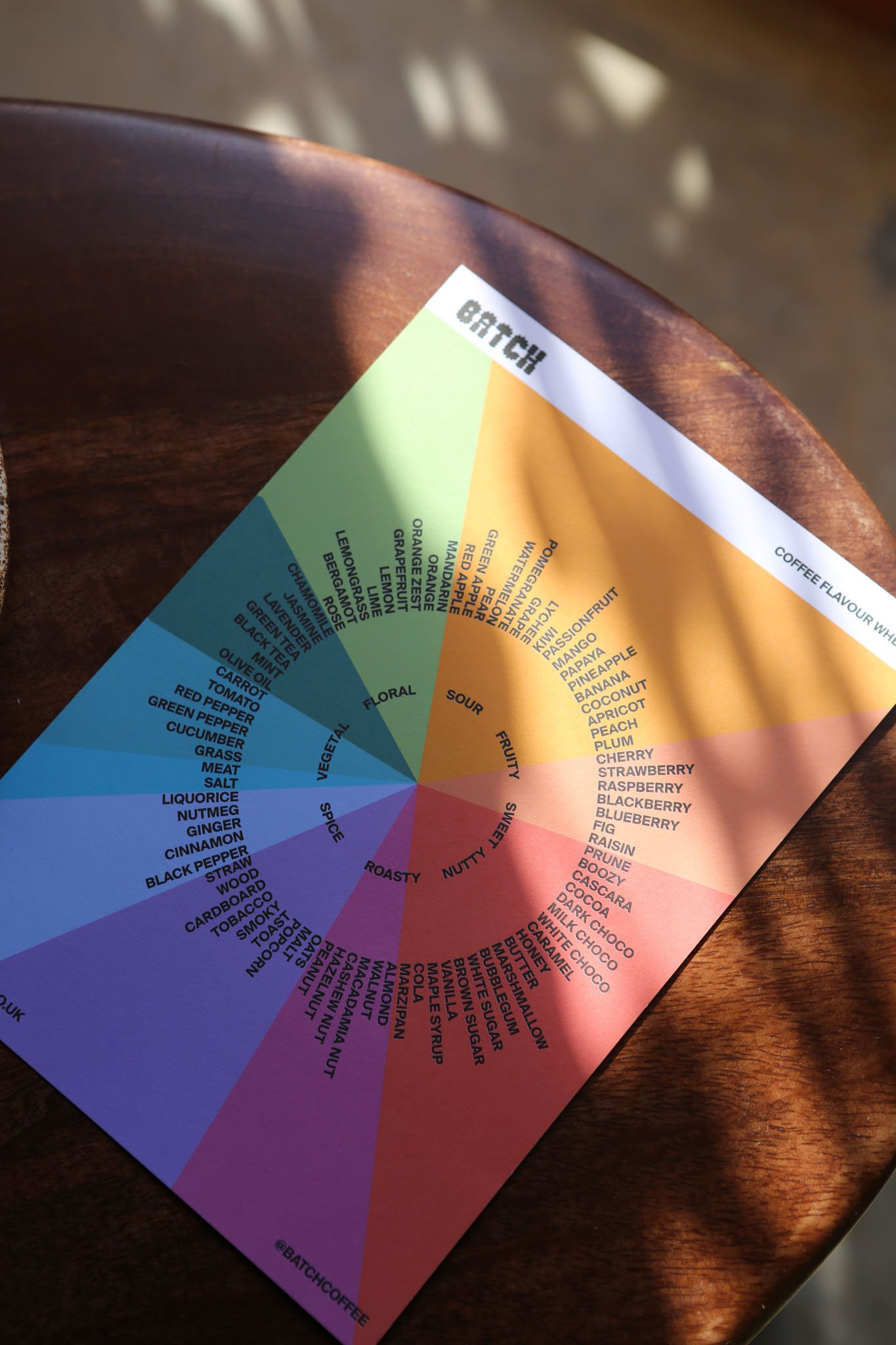



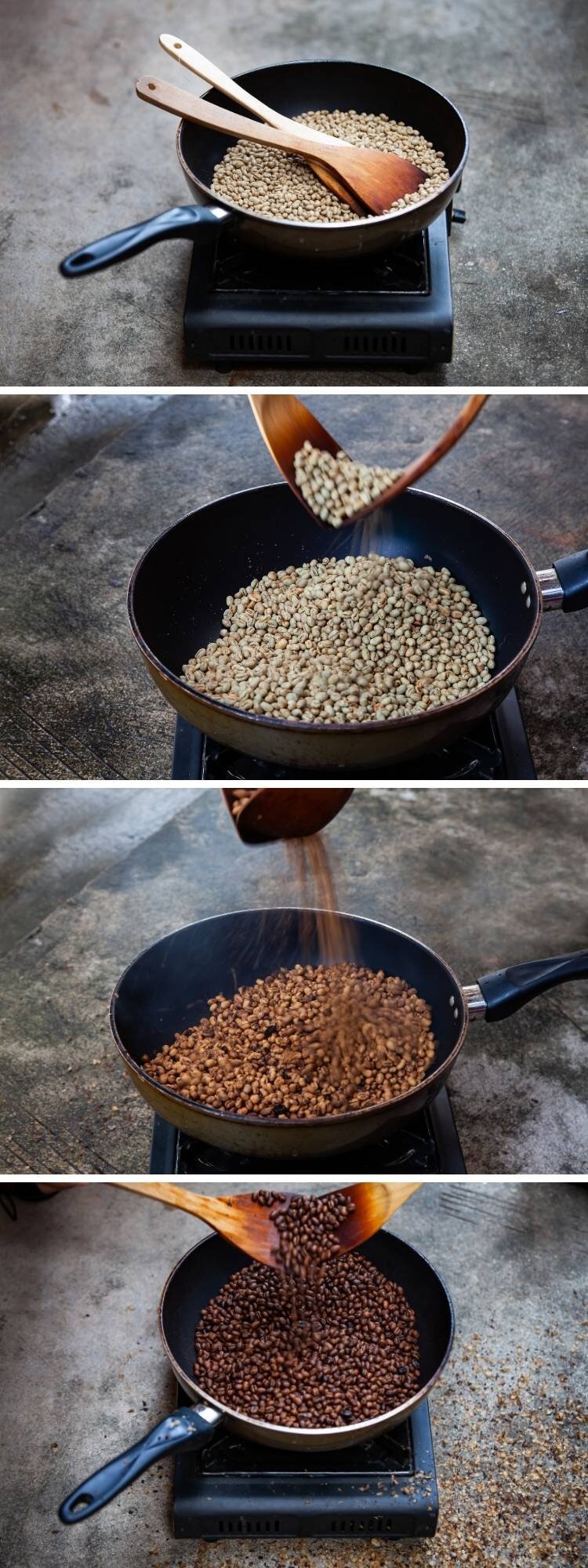











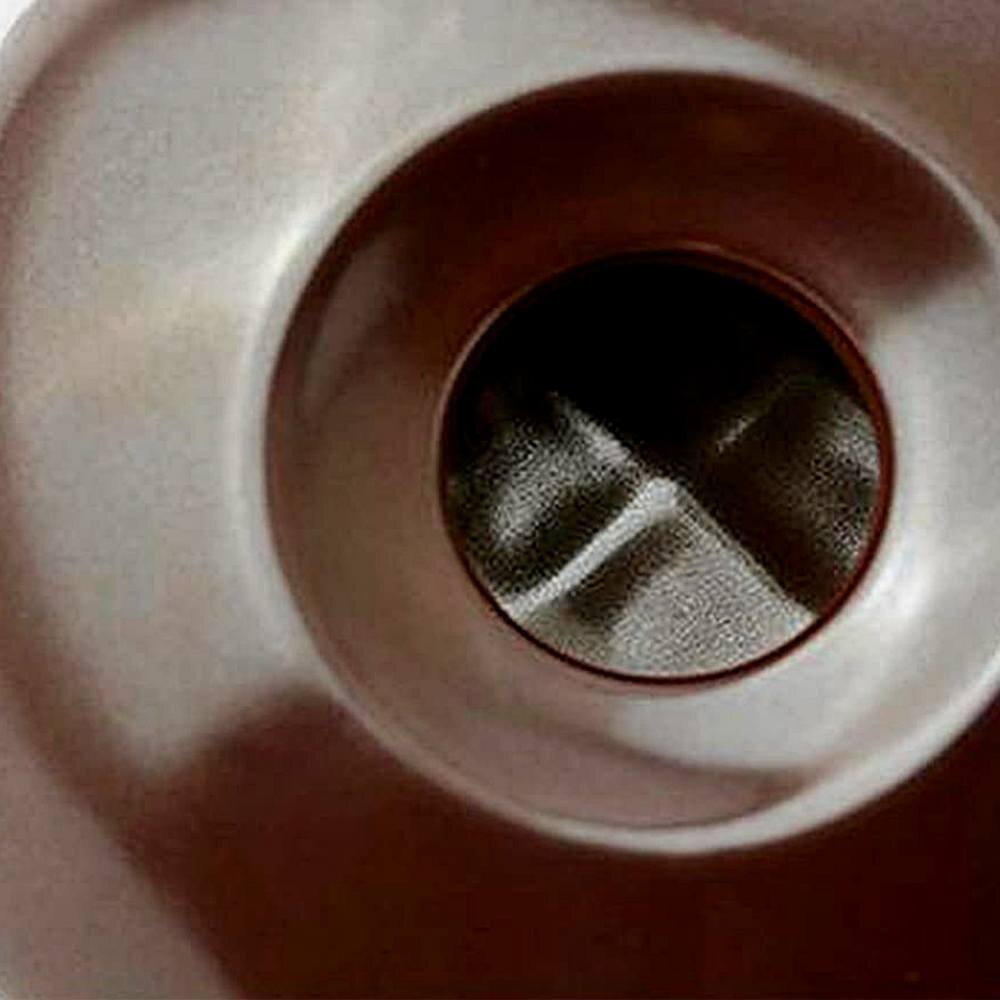


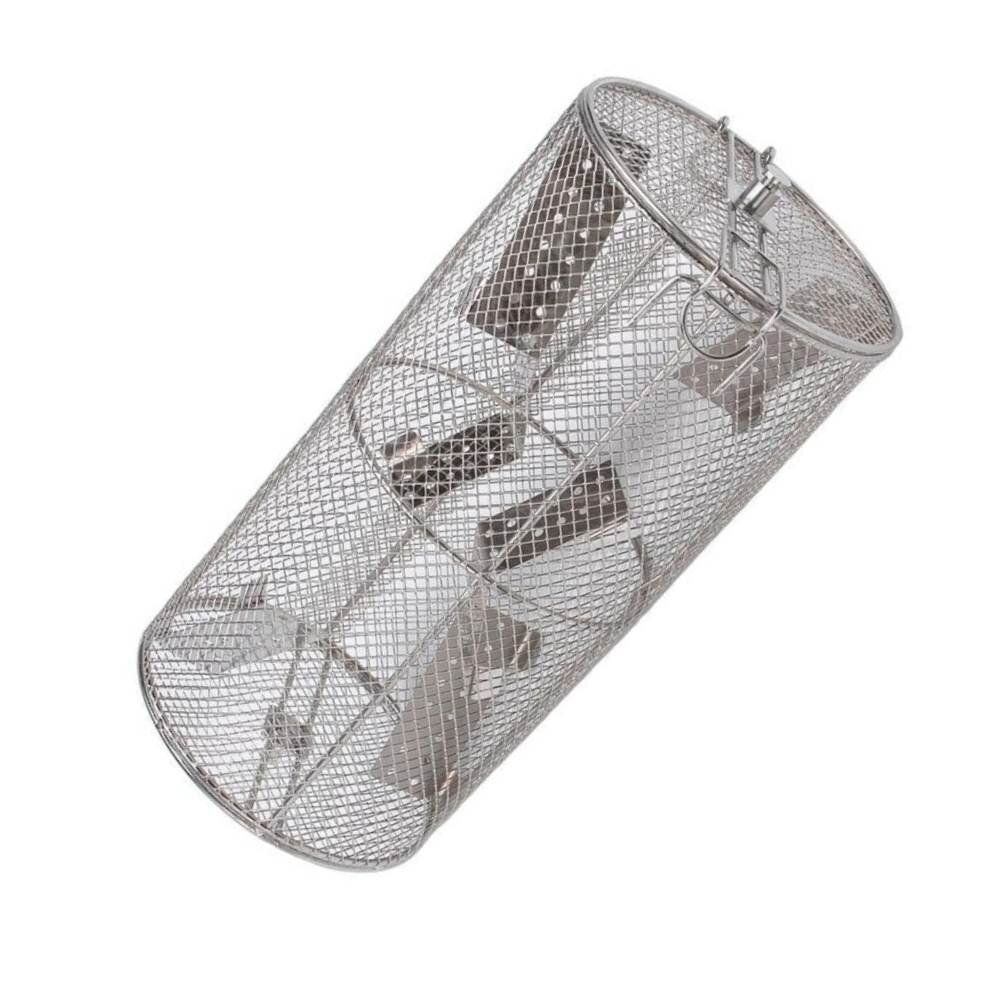


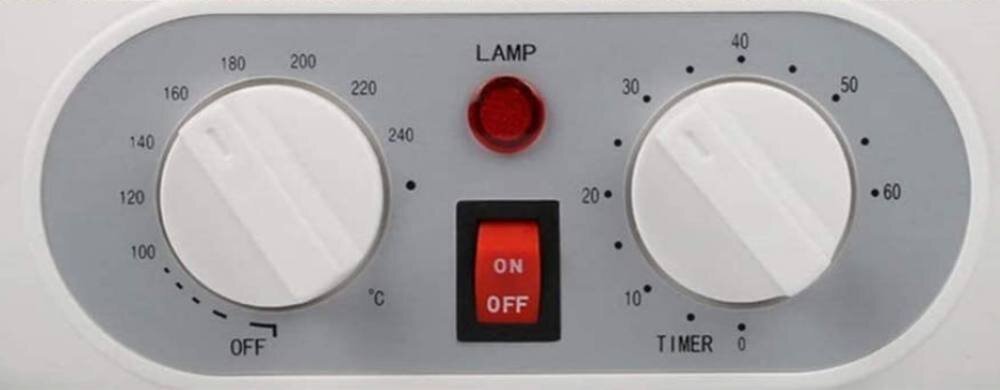



Take a look at https://kaffelogic.com/home